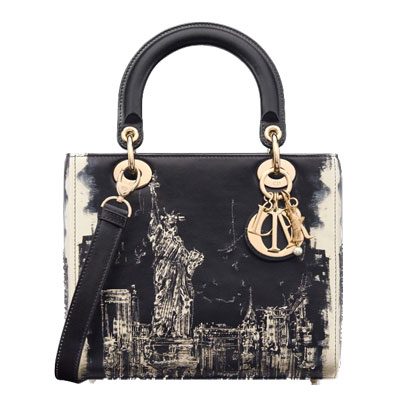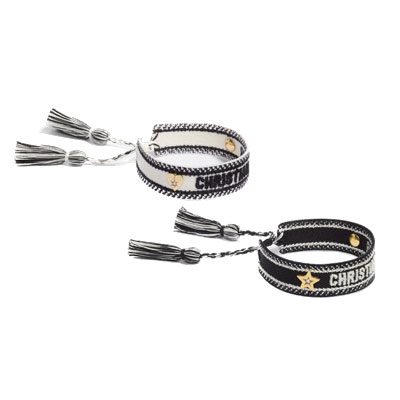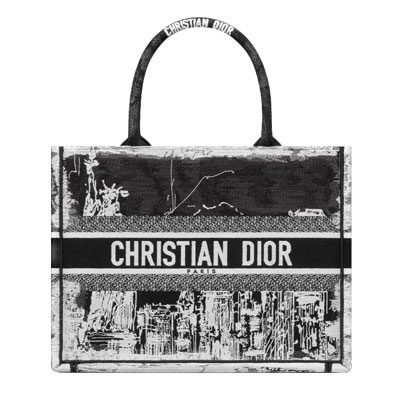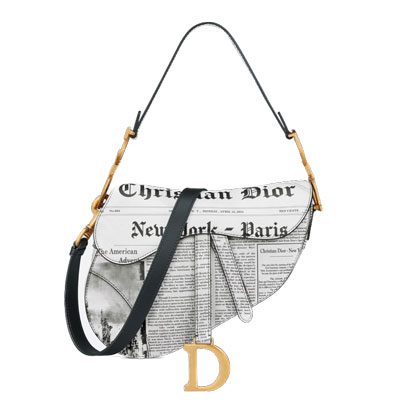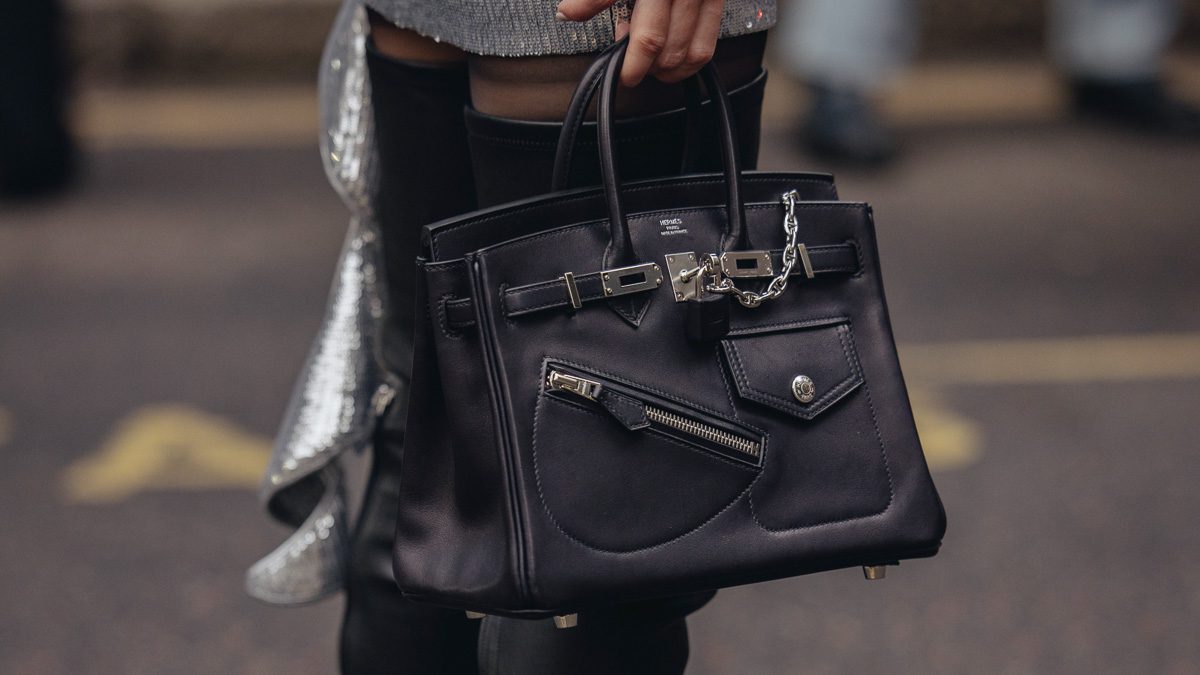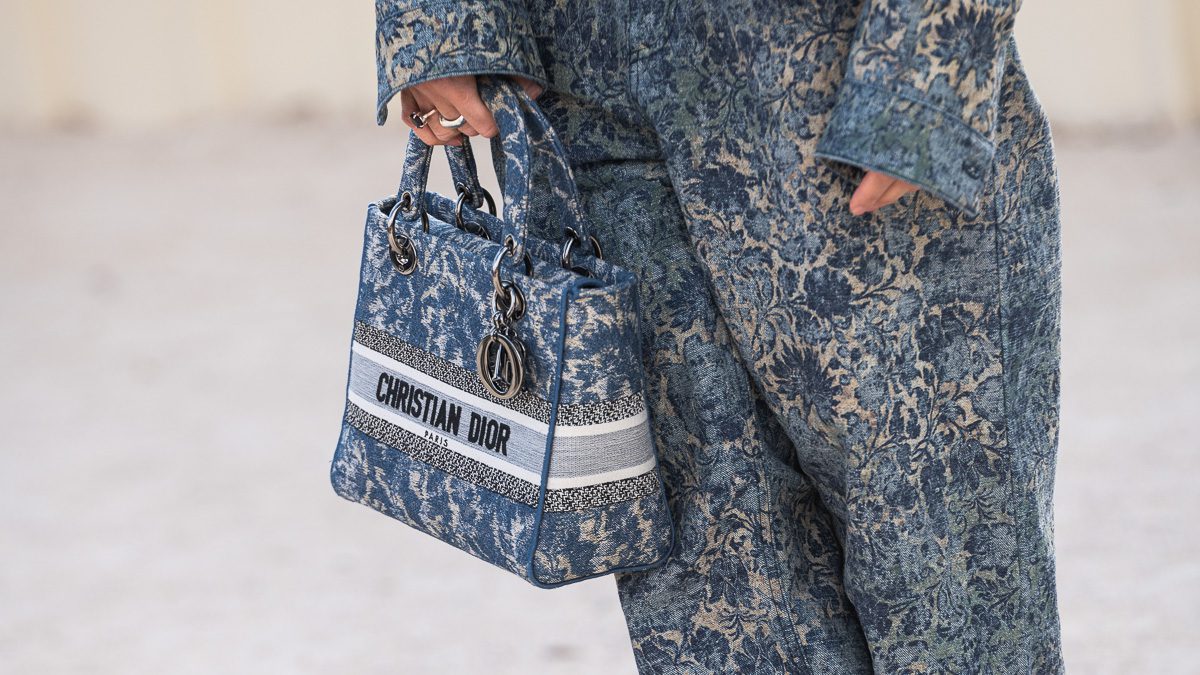As a writer and weekly PB contributor, I never want to miss an opportunity to start a conversation with my fellow luxury fashion lovers. I want all of us to approach our passion in a way that excites us and encourages us to share our knowledge with others. So, for this week’s post, I wanted to start a new series with an open discussion about the topic of authenticity.
I know it might seem like this topic is already pretty well-covered; After all, it is essential we develop an eye for those little details that separate the real deal from a knockoff, but this post is not quite about that. This post is not meant to give tips for how to authenticate our purchases (like this helpful post for authenticating a Birkin), but instead, to explore and discuss the significance of authenticity: What does it mean? How do we define it? Why is it so important to us?
Now that we live in a world where consumers have started to demand things faster and cheaper, it is no surprise that some people stepped up to make a quick profit with counterfeiting. Such disruptive practices definitely aren’t new, and industries continue to do what they can to put a stop to it all, but counterfeiting still seems to just keep getting more and more advanced.
Inauthentic pieces used to be easy to spot. We knew that anything made from subpar materials glued together and paraded around as the real thing counted as a knockoff. They were just sloppily made things that came from the trunk of cars or dodgy-looking sidewalk stalls that many of us paid no mind to. Now that the counterfeiting game has become more sophisticated, it has created headaches for both brands and buyers alike as some sellers are now involved in elaborate under-the-table schemes or the production of “super fakes” that create a weird grey area in how someone might see a product’s validity.
The most obvious example of this happened this past summer when seven Hermès employees (some of whom were trained artisans and leatherworkers) got caught creating and selling Birkins outside of the official retail routes. The employees created the bags using the same materials, the same tools, with the same dimensions, and the same techniques used to create legitimate pieces. Despite meeting all of the traditional requirements to be considered authentic Birkins, many fashion-lovers still consider these pieces to be inauthentic, while some others think they are unethical but are not necessarily fake.
It’s a real conundrum for many people because at best it’s an unfortunate annoyance and at worst, makes them feel that they paid a high price tag for something that could be deemed worthless. This drastic disparity in perception reveals the holes in our original definition of authenticity.
Here’s a little more extra food for thought: tons of brands have pieces that were obviously inspired by other brands’ creations, but somehow aren’t considered to be knockoffs. Many brands have some version of a classic camera bag or flap bag that looks similar to the camera and flap bags of other brands except with different colors and logos. Instead of being seen as inauthentic, they are regarded as having been inspired by another design. — I found out that these are what ethics researchers call, “condoned copies.”
According to the academic paper titled,‘The Ethics of Counterfeiting in the Fashion Industry: Quality, Precedent, & Profit Issues,’ published in the Journal of Business Ethics, condoned copying is an accepted practice that legitimizes the original design as one that is desirable enough that it is worth copying. Basically, the Tory Burch Kira is still accepted because it reinforces the loveliness of the YSL Loulou. This concept adds a bit of distinction and proves that we do indeed draw a line somewhere, just not where we would always expect.
I think knowing this helps push us in the right direction, but it still doesn’t give a solid understanding of what everyone would agree makes something authentic.
Let’s consider another angle by thinking of the most common reasons why inauthentic bags are scorned:
- Nobody wants to spend hard-earned money on something with no inherent value.
- Not wanting to support sketchy labor practices.
- They would feel like a fraud if they knowingly bought one.
- They would feel lied to/taken advantage of if they discovered they unknowingly bought one.
- They don’t want to undercut the designer by supporting the theft of intellectual property.
- They know that the existence of too many knockoffs can irreversibly damage the reputation of their favorite brand and they don’t want to add to the problem
- They don’t want to aid in diminishing the value of something they own/plan to own.
Together with the previous examples, these reasons show one thing in common: inauthentic pieces take something away from people. Their mere existence oversteps a boundary and robs companies, customers, and workers of valuable money, time, and trust (and human rights in very extreme cases.)
Thinking of it this way, it could be said that for something to be truly authentic, it’s production must not take something away from or exploit others. It isn’t necessarily about the genuineness of its construction — how a bag looks, what it is made out of, where it came from, or even from the respected credentials of whoever made it (according to the Hermès example.) Don’t get me wrong, they are obviously still a huge part of it, but material and construction are far from the only reasons to consider them as authentic or not. Maybe the importance placed on the authenticity of our purchases may be more than just not wanting to get ripped off, but actually is an exercise in ethics. But what do you think?
Talk to me: Where do you draw the line in regards to condoned copying? What about bags inspired by the designs of others? Have you ever experienced buying a fake? How did it make you feel? How do you think we as consumers can help combat counterfeiting?
Sources:
- Hilton, Brian & Choi, Chong & Chen, Stephen. (2004). The Ethics of Counterfeiting in the Fashion Industry: Quality, Credence and Profit Issues. Journal of Business Ethics. 55. 343-352. 10.1007/s10551-004-0989-8.





